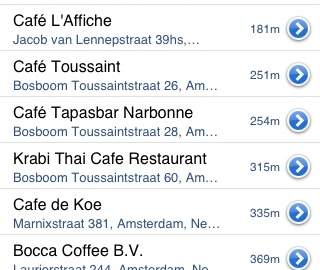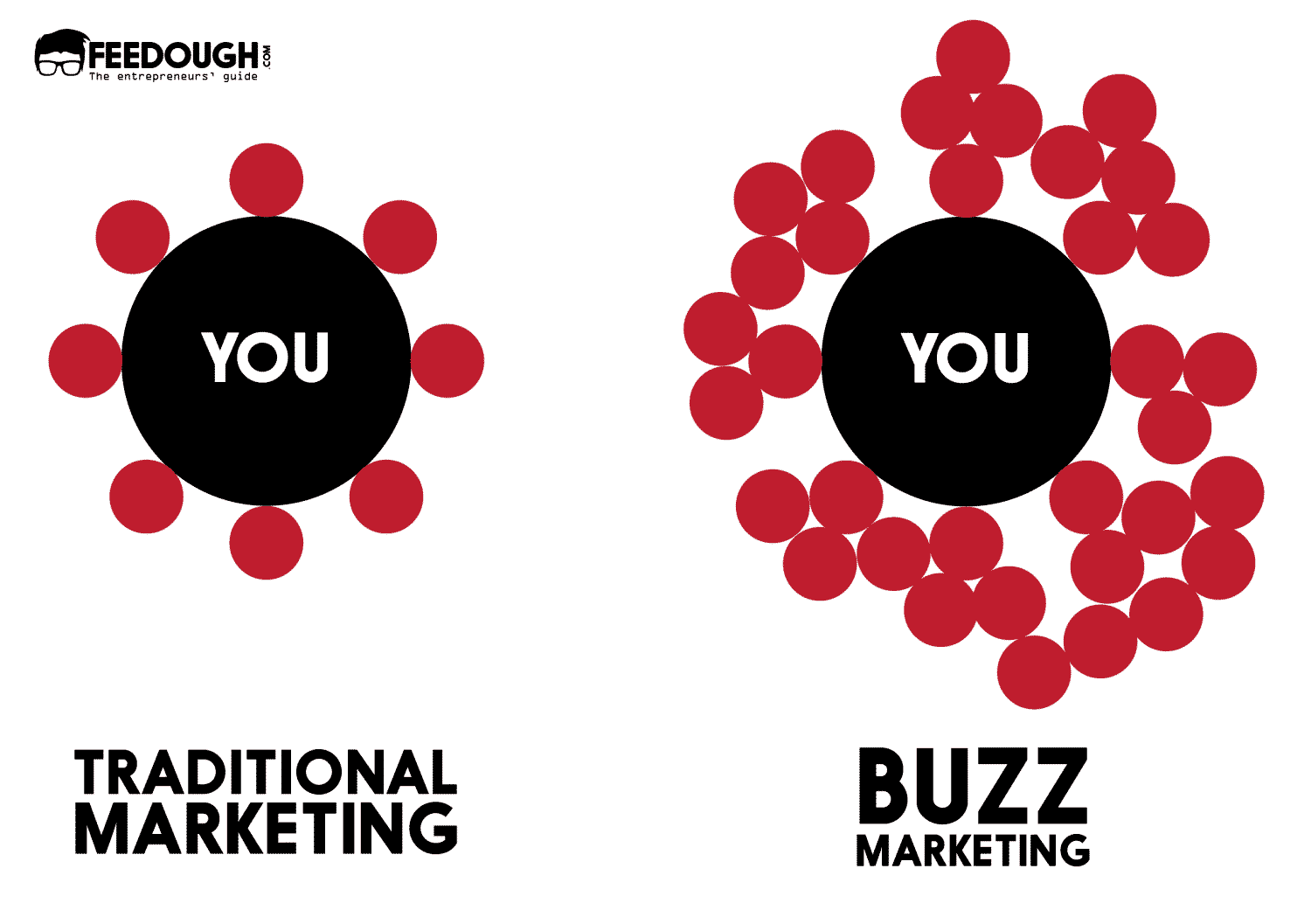

In 1924, Maxwell House declared a marketing budget of more than US $275,000 (equivalent to US $4,000,000 today). In 1920, it was estimated that large US coffee roasters spent a staggering US $3 million (equivalent to more than US $39 million today) on marketing throughout the course of the year. Other major roasters soon tried to mirror this success. This was another major change in coffee marketing: a focus on how roasters could supposedly “add” quality, and therefore, value.īy 1917, Morning Sip had become so successful that Sheppard & Sons had constructed a new distribution centre to keep up with demand. One particular example saw Alexander Sheppard & Sons create the “Morning Sip” blend, advertised in 1916 as “pure, sweet and wholesome” thanks to the removal of the coffee’s “overcoat”.Įxplaining the process and how it was linked to the “improved” taste of the product created a new kind of consumer impression.

To improve the sales of roasted and ground coffee in the US, more nuanced and complex marketing campaigns started to emerge in the early 20th century. It set a standard from the late 19th century onwards, as consumers now expected their coffee to be roasted at the point of purchase.Ĭoffee marketing in the early & mid-20th century This simple change permanently altered the coffee sector. This was how many consumers prepared their coffee at the time. “It was from these kinds of stores that many of Europe’s most famous roasters emerged: Julius Meinl opened a colonial goods store in Vienna in 1862, and Luigi Lavazza in Turin in 1895.”Įarly European roasters advertised their products as being cheaper and easier than buying green beans and roasting over a fire at home.

Jonathan says: “Coffee was sold loose in colonial stores that specialised in imported grocery products during the 19th century, some of these began to operate shop roasting equipment. His book, Coffee: A Global History, provides a keen insight into coffee’s journey through history. Jonathan Morris is a Research Professor in History at the University of Hertfordshire in the UK. However, in the 1820s, prices for coffee beans reached a record low, which made it more accessible across the continent. This meant it was considered to be a rare, expensive luxury, only for the wealthy. Throughout the 1700s, coffee continued to be depicted as an “exotic” product, as it originated from outside Europe. They described in basic terms how coffee should be prepared, and the supposed health benefits of consumption. It was associated with status and wealth among the upper classes, as only the affluent could afford it.Īt this time, handbills (small printed advertisements distributed by hand) were used to advertise coffee. Throughout the second half of the 17th century, coffee became a luxury product in Europe. The first known printed advertisement for coffee was published in 1652 by Pasqua Rosée, who opened one of the first coffeehouses in London. “There were coffeehouses across the Arab world 15.”Īs colonialism spread, coffee travelled from Africa and the Middle East to North America and Europe in the 1600s. “The ‘first wave’ of marketing would been local to Ethiopia and Yemen, the first two places arabica coffee was cultivated,” Mark tells me. Mark is a scholar and author his book Uncommon Grounds: A History of Coffee and How It Transformed Our Worldtakes an in-depth look at the history of coffee marketing, among other things. It doesn’t include e-cigarettes or vapes, which the FDA says “would need to be proven safe and effective for smoking cessation and regulated as a drug product.While many people associate the beginning of marketing in coffee with its “first wave” and mass commercialisation, Mark Pendergrast tells me that it actually started much earlier than that. But we don’t really know how bad it is because it’s never really been decoupled except by NRT products, and NRT products are considered to be safe and effective.” NRT stands for nicotine replacement therapy, which, according to the Food and Drug Administration, includes nicotine gum, patches, and lozenges. “And then on the other side we have people that don’t want people to consume nicotine at all, because it’s really just bad. “The cigarette companies were trying, as you say, to minimize their exposure, their risk and keep people using those products,” Anton tells me.

“There are scientists on both sides of the aisle: one says it’s as addictive as heroin, and others say it’s like caffeine,” he says. Mark Anton, executive director of SFATA says there’s more to the argument than whether nicotine is more like caffeine or heroin - especially when it’s decoupled from cigarette smoke.


 0 kommentar(er)
0 kommentar(er)
